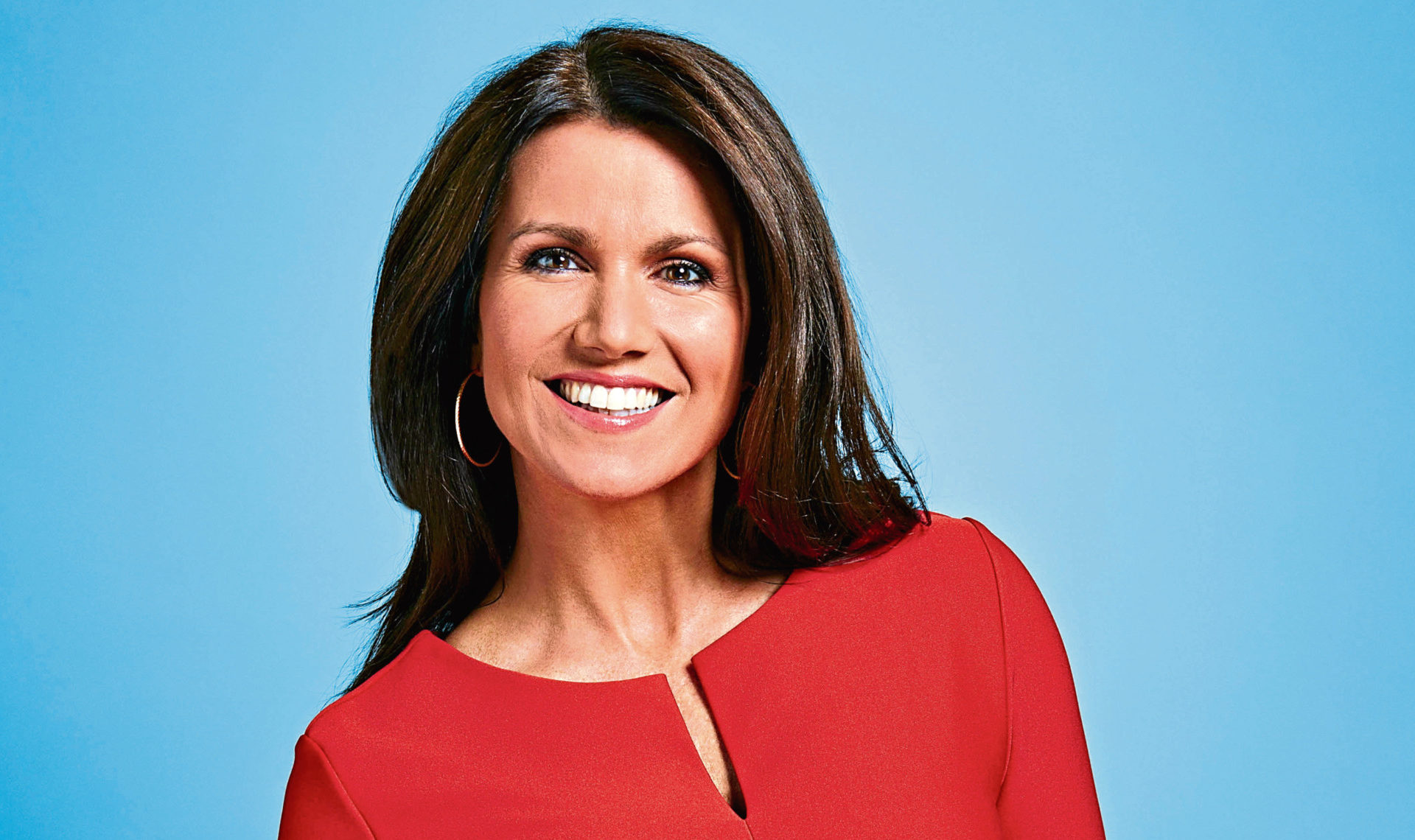
SUSANNA REID and I have so much in common.
We’re both journalists, we both suffer from tinnitus and we’ve both been runner-up on Strictly.
Actually, I can’t back that last one up.
Recently, she tweeted: “My tinnitus is so loud right now. The noise you used to hear when TV programming finished at the end of the day? That. In my head.”
Some of Susanna’s followers joked that her tinnitus must have been caused by having to listen to her Good Morning Britain co-host Piers Morgan waffle on but in fact she’d earlier revealed: “I’ve had tinnitus since my son Finn’s birth, which probably resulted from a difficult labour.
“When I first started hearing it, which was now more than 10 years ago, I became quite distressed that I would never hear silence again.”
You and me both.
Tinnitus is different for everyone who lives with it, not all of us hear a ringing in our ears.
Some do while others may hear a buzzing, whooshing, humming or any other type of sound, or a combination.
Some, including former Goodie Bill Oddie, have musical tinnitus (also known as musical hallucination) which can sound like a song or a snatch of music.
The sounds may be low, medium or high-pitched or, again, a combination of all three.
Susannah hears different sounds throughout the day. One she described as “the sound of the tide coming in, the sort of background noise of a television when it’s on the blink”.
Another was “more like the pounding of your heart or, if you’re listening to it for a long time, like a hammer” while she described a third as “what you might describe as the worst form which is this high-pitched noise which comes and goes”.
The presenter insists that she has a “very mild” form of tinnitus and my guess is that’s how I would be diagnosed, too.
That said, it’s whistling away good style right now, a high-pitched, metallic, static-like hiss that’s not quite loud enough to drown out our Yorkshire-born picture editor who, despite being based north of the border for years, still pronounces “scone” to rhyme with “bone” and not “gone” which I find hugely distressing.
I’m pretty sure my tinnitus was caused by too many loud gigs – it’s incredible how many veteran musicians have this complaint – but this isn’t always the case although loud noise can damage hair cells which in turn leads to tinnitus, hence the need to wear ear protection.
Other causes include hearing loss, ear infections, a build-up of ear wax and conditions such as Meniere’s Disease, glue ear or a perforated eardrum.
Stress and anxiety can make tinnitus more noticeable.
I most often notice it when I’m sat on the coach watching the TV and there’s a quiet bit.
At first I’d press pause, turn to the good lady pharmacist ’er indoors and ask, “Can you hear that or is it just me?” but now, after always getting the same answer, I don’t bother because I know for a fact it is indeed just me.
Well, me and six million other Britons.
The British Tinnitus Association (BTA) warns of a “hidden epidemic” of isolation among those as, in a survey, 61% said their condition made them feel isolated.
David Stockdale, chief executive of the BTA, says: “When people hear the word tinnitus, they tend to think only about the condition’s main symptom – the noise people hear in their ears or their head.
“However, the wider impact tinnitus can have on people’s lives is less understood by the public and GPs alike. Many people feel isolated and unable to talk to their loved ones or colleagues about their condition.
“We hear stories of people avoiding social situations, suffering problems with relationships and being unable to sleep, too.
“It really is a hidden epidemic that’s not spoken about enough and something we need to tackle fast by equipping those who have tinnitus with the right tools and techniques to manage their condition and everything that comes with it.”
It’s estimated one million GP consultations about tinnitus take place each year with the treatment pathway costing the NHS £750 million.
There’s no cure but it can be effectively managed.
David adds: “We know with the right support network in place and the right guidance, people with tinnitus can lead perfectly normal lives.
“We issue lots of helpful advice and I’d like to highlight the huge benefits that come from our UK network of support groups which now numbers 100.
“And 95% of people who attend our groups say they feel less isolated by doing so, proving the value of meeting like-minded people and sharing experiences.”
Tinnitus Week runs from February 4-11.
For further information, advice and support please call the BTA’s confidential Freephone helpline on 0800 018 0527 or visit www.tinnitus.org.uk


Enjoy the convenience of having The Sunday Post delivered as a digital ePaper straight to your smartphone, tablet or computer.
Subscribe for only £5.49 a month and enjoy all the benefits of the printed paper as a digital replica.
Subscribe